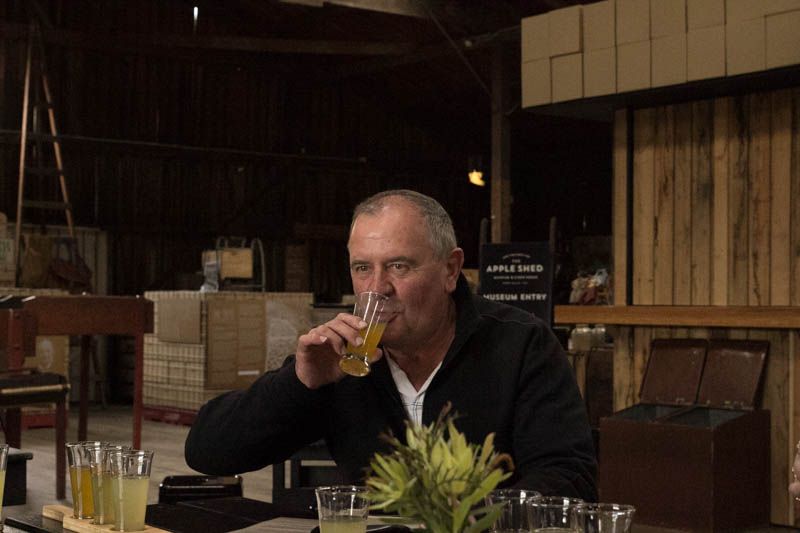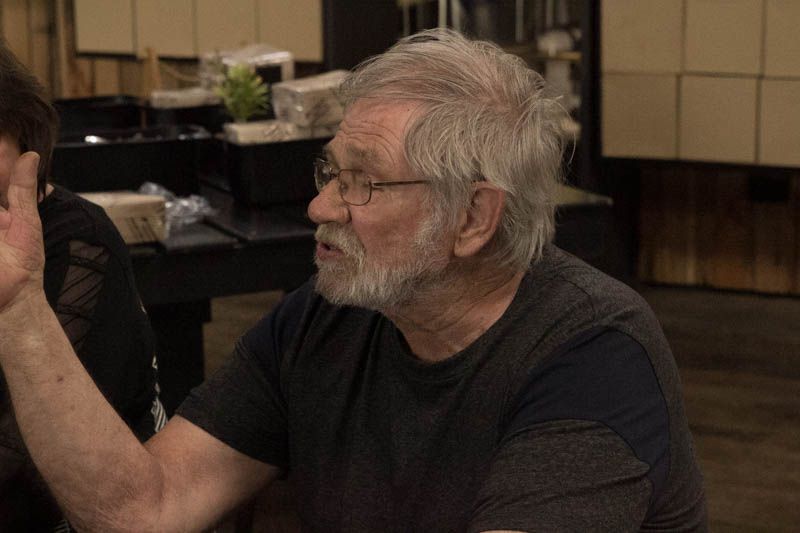Swifty,
Here are a couple of shots that are typical of my problem. I expect you will be able to extract the exe data from them.
This good looking bloke is me sampling a range of ciders. The only tweaking I have done is to sharpen by two clicks in Lightroom.
This shot is of one of the other tour participants. Once again I adjusted the sharpness by two clicks, leaving all other setting alone.
Geoff P







 Thanks useful information:
Thanks useful information: 



 Reply With Quote
Reply With Quote Add To Bookmarks
Add To Bookmarks








 Threadstarter
Threadstarter




 First, I see nothing really wrong with the white balance on my calibrated monitor. Second, there is no such thing (IMO) as a "correct" white balance -- only what the photographer wants to achieve. For 99.9% of my landscape photos I leave the white balance set to daylight because auto takes all the natural colours and tries to make white white (e.g. taking away the reds/oranges/purples in a sunset that you can see, if you look, being reflected off white surfaces. To me, in this circumstance, auto white balance is incorrect even though from a technical perspective it might be correct). Another example is warm lighting. I happen to like the warm lighting of a fireplace or low lights lighting a room *shrug*. Maybe I'm weird because people say we "see" white even if it's tinged by the ambient or main
First, I see nothing really wrong with the white balance on my calibrated monitor. Second, there is no such thing (IMO) as a "correct" white balance -- only what the photographer wants to achieve. For 99.9% of my landscape photos I leave the white balance set to daylight because auto takes all the natural colours and tries to make white white (e.g. taking away the reds/oranges/purples in a sunset that you can see, if you look, being reflected off white surfaces. To me, in this circumstance, auto white balance is incorrect even though from a technical perspective it might be correct). Another example is warm lighting. I happen to like the warm lighting of a fireplace or low lights lighting a room *shrug*. Maybe I'm weird because people say we "see" white even if it's tinged by the ambient or main 



